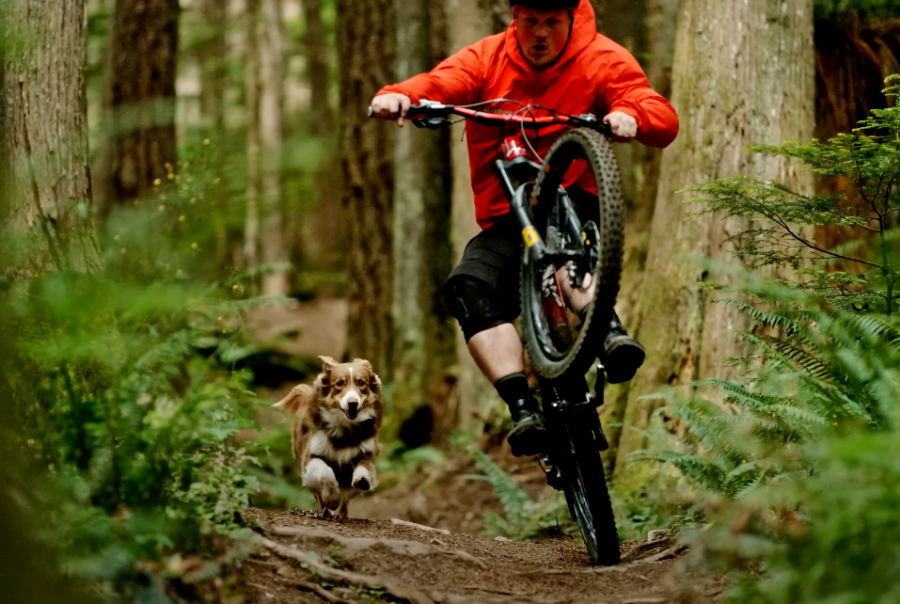It All Starts With Luring.
In the initial phase of training, it's crucial to establish clear communication with your dog about what you expect from them before introducing any verbal commands. This is achieved through physical cues that guide your dog toward the desired behavior. Techniques such as luring, where you guide your dog with a treat, toy, or leash pressure, gently directs them into the correct position. Consistency is key; you'll need to practice the actions repeatedly until your dog consistently performs each behavior correctly. Only then will they understand what is being asked of them, setting a solid foundation for adding command words later in the training process.

Where the nose goes, the butt does the opposite.
Treat placement is crucial in guiding the desired behavior. For a command like “Sit,” the treat should be positioned in a way that encourages the dog’s nose to move upwards, forcing the butt down and leading to the desired sitting position. The key is to exaggerate you hand physically guide the dog into the positions, the
Watch An Example
Using Leash Pressure To Speed Up Training
Leash pressure can also help in teaching various commands like sit, down, come, and heel, fostering a dog’s understanding and responsiveness. The essence of leash pressure lies in creating a predictable sequence: applying gentle, steady tension to guide the dog into the desired position, followed by immediate release and reward once the position is achieved. This method helps in correcting pulling habits, as it demonstrates to the dog that pulling doesn’t lead to rewards, whereas following leash guidance does. Utilizing leash pressure effectively requires patience and consistency, ensuring the dog associates the pressure with positive outcomes, thereby enhancing the training experience and reinforcing desired behaviors without stress or confusion.
Watch An Example


Command, Lure, Mark, Reward
Once your dog has learned a behavior through luring, leash pressure and markers it’s time to introduce and name the command. The process should follow a specific sequence: Command, Lure, Mark, and Reward. First, you give the command (“Sit”), then you entice the dog to perform the action (lifting your hand as in luring), next you mark the behavior (“Yes” when the dog performs correctly), and finally, you deliver the reward. This sequence is crucial for clear communication and effective training. Once the dog sits immediately after hearing “Sit,” without waiting for the hand signal, it indicates they have learned the verbal command.
Watch An Example
Never Repeat A Command More Than Once
When a command like “Sit” is given, it sets off a chain reaction leading to the desired behavior, with the physical cue (luring or leash pressure) following the verbal command. Repeating the command disrupts this sequence and is unnecessary. The process should be a single, continuous flow where the command initiates the action and the subsequent cues lead to the completion of the behavior, regardless of the time it takes. Continuous physical pressure or guidance after the initial command maintains the sequence’s integrity, ensuring the dog understands and completes the action without needing repeated verbal cues.
Watch An Example

Book A Free Virtual Consultation
Want to discuss your dog?
Please note: Youtube videos may be utilized throughout our training guide as examples and visual aids. While we have curated these links for your benefit, the individual companies and trainers featured in these videos are in no way affiliated with Life Is Golden.














